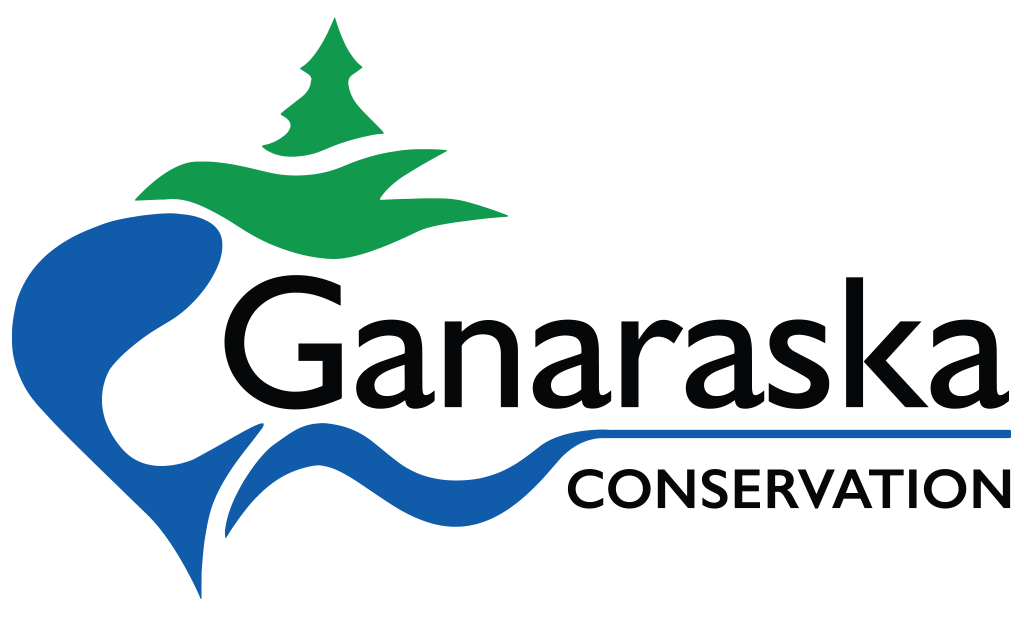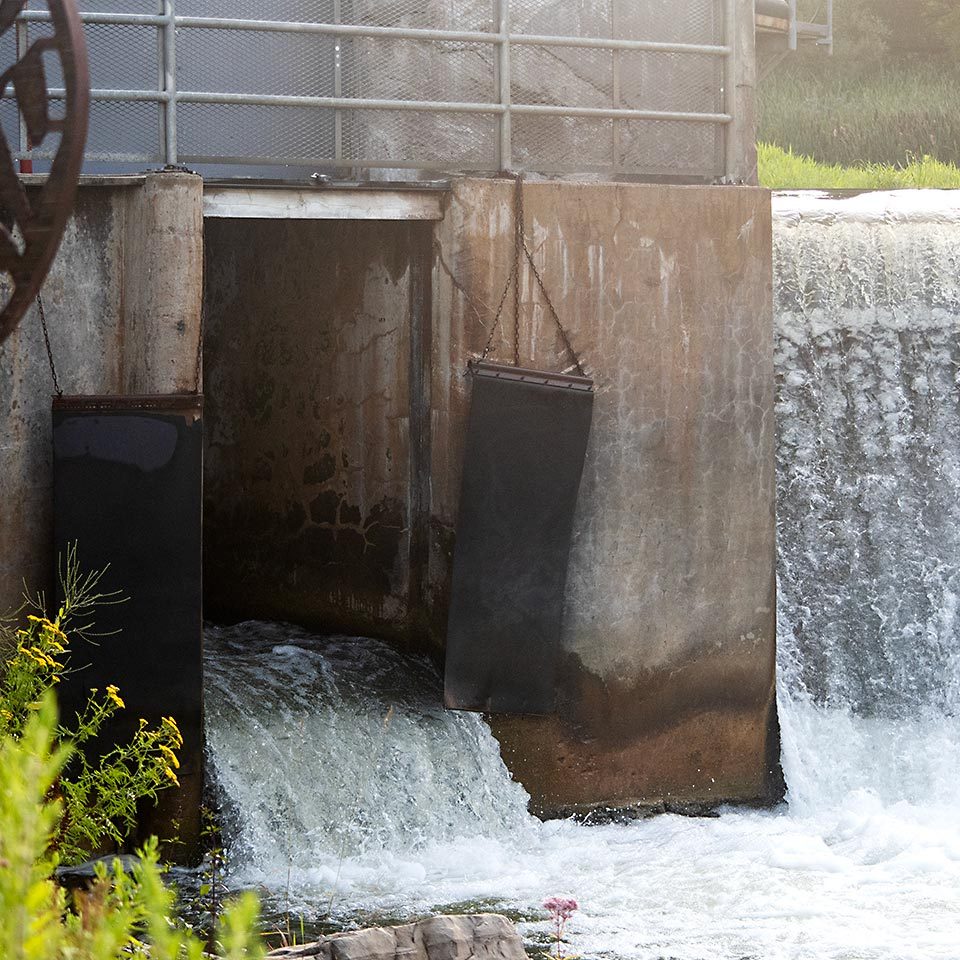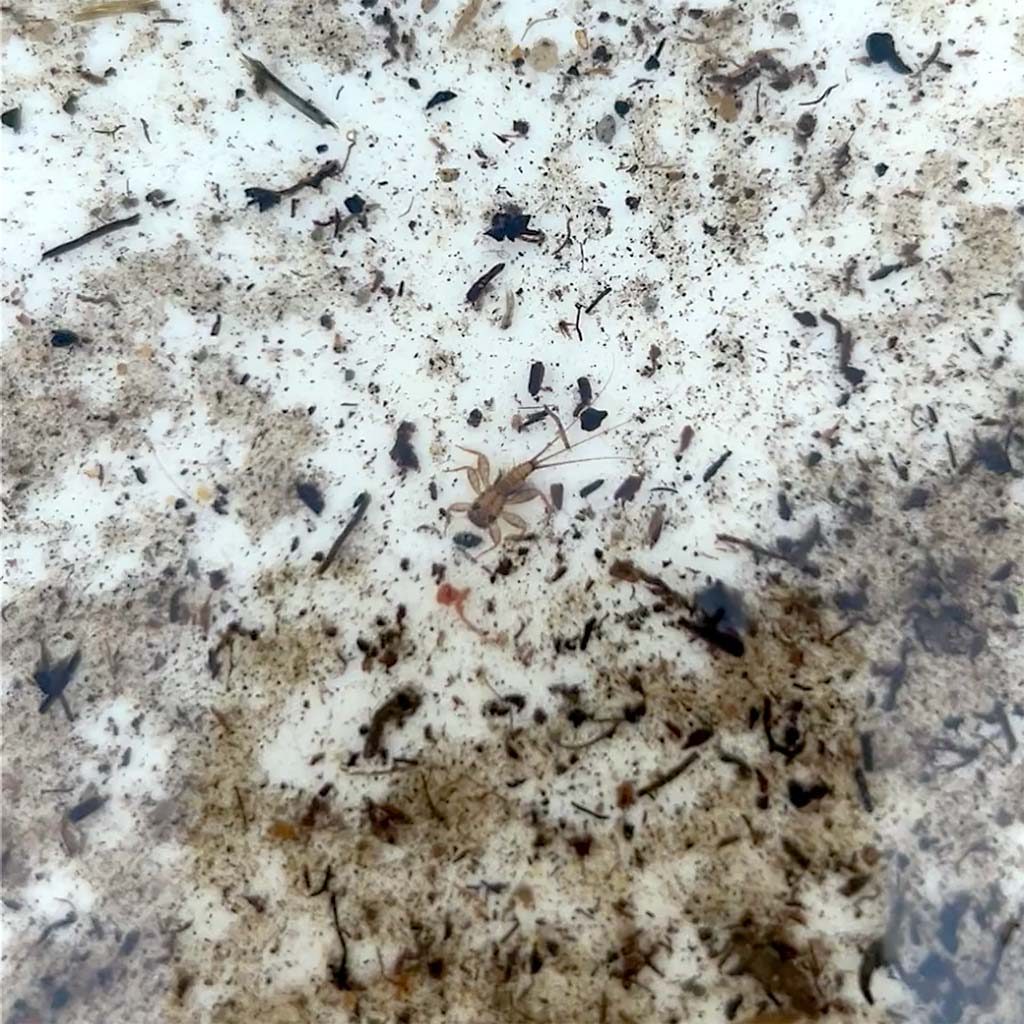
Monitoring the Ganaraska Watershed
Fish Communities
Fish community monitoring follows the Ontario Stream Assessment Protocol (OSAP) and uses back-pack electrofishing methodology. Each fish is measured for length, weighed, identified to species, and released back into its environment.
This data informs us of the proportion of fish tolerant or sensitive to changes in habitat, changes in temperature and the amount of trophic structure at a site. Many factors influence fish community, including the amount of riparian vegetation and urban development nearby.
Riparian vegetation shades the stream which helps to reduce the water temperatures, it decreases erosion and improves water quality by filtering surface runoff. Urban development results in the increase of impermeable surface which increases the amount and flow of surface water which can negatively impact the water temperature and reduce water quality by transporting road salts and other chemicals from hard surfaces to the stream.
The fish community living in a stream ecosystem is an excellent indicator of these impairments.
Restoration & Barrier Removals
The information collected from the fisheries monitoring is used to identify and prioritize restoration areas.
GRCA is a partner of the Trout Unlimited Reconnecting Canada Initiative, where we are working to improve fish habitat in numerous ways, including the removal of barriers. Over the years GRCA has been involved with many barrier removals, including the Cobourg Creek Rocky Ramp which was completed in 2010 and, in 2018, a private dam.
Riparian Cover Conservation
Healthy riparian cover and minimal urban development are important for these communities.
Benthic macro-invertebrates are considered animals, without backbones, that are visible to the unaided eye and live on, under and around rocks and sediment on the bottom of lakes, rivers and streams during some period of their life.
Benthic invertebrates are useful biological indicators of water quality and stream health as they inhabit the stream over a portion of their life cycle, thereby reflecting impairments to water and stream quality. Similar to the fish community, there are many factors that influence the benthic community.
Since benthics are so small and live in the stream for a period of their life they are a good indicator of local impairments to water quality as they each have different pollution thresholds. Some benthics can tolerate poor water quality, while some cannot. By using the presence and absence of the pollutant tolerant species, we can start to get an idea of stream health and apply that information to the entire watershed.
Benthic invertebrate samples are collected through several sampling methodologies (e.g. Ontario Benthos Biomonitoring Network). The invertebrates are then sorted and individual specimens are identified to either the order / family / genus / species level.
GRCA analysis uses a number of indices based on community composition and individual species traits.



